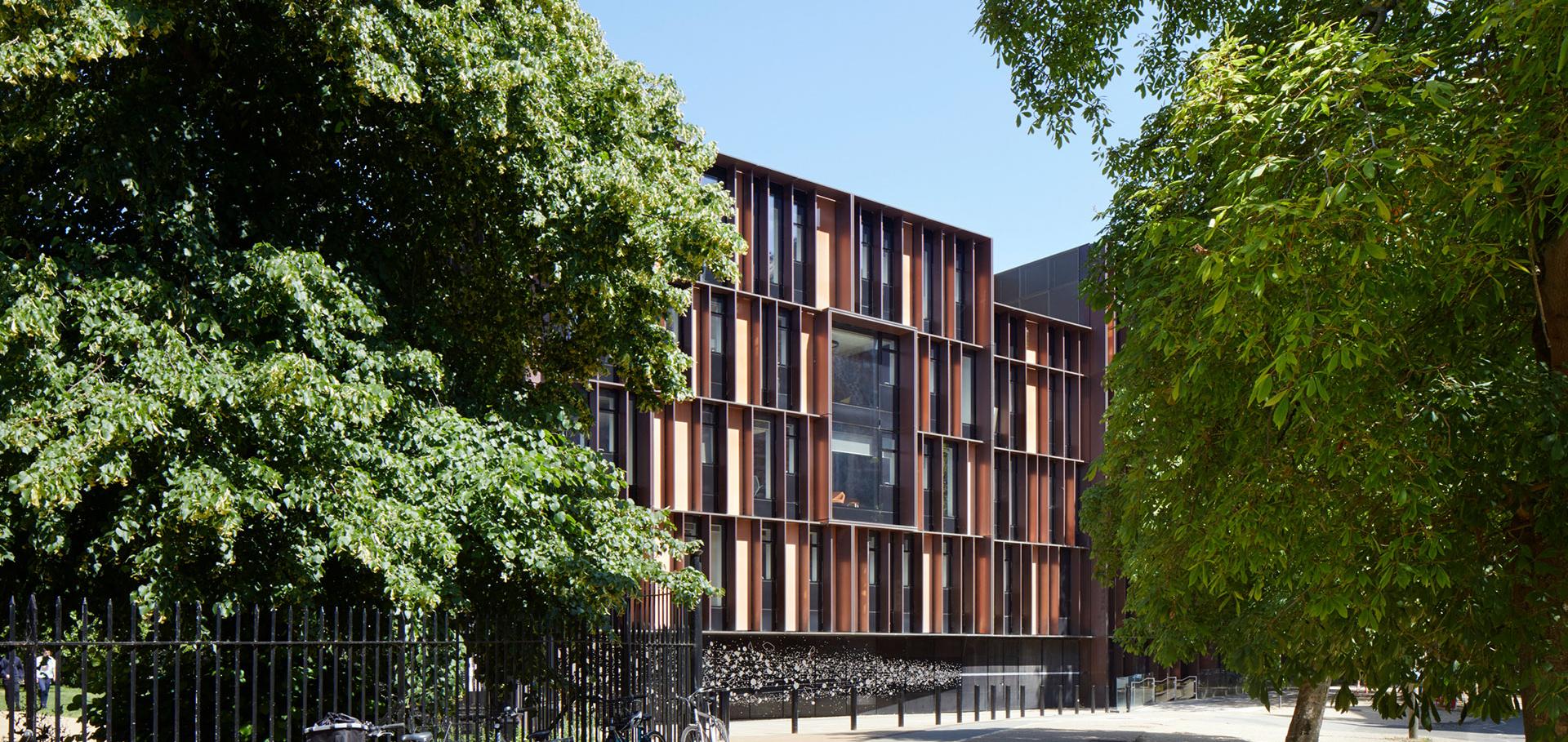The effect of magnetic field on the position of HTS leads and the cooler in the services tower of the MICE focusing magnet
IEEE Transactions on Applied Superconductivity 18:2 (2008) 1447-1450
Abstract:
The MICE focusing solenoids have three 4 K coolers (two for the superconducting magnet and one for the liquid absorber) and four HTS leads that feed the current to the focusing coils. The focusing solenoids produce large radial external fields when they operate with the polarity of the two coils in opposition (the gradient or flip mode). When the MICE focusing coils operate at the same polarity (the solenoid or non-flip mode), the fields are much smaller and parallel to the axis of the solenoid. The worst-case magnetic field affects the selection of the cooler and the HTS leads. This magnetic field can also determine the height of the service towers that house the three coolers and the four HTS leads. This paper shows the criteria used for Cooler selection, HTS lead selection, and the position of both the cooler and leads with respect to the solenoid axis of rotation. © 2008 IEEE.MUCOOL/MICE RF cavity R&D programs
AIP Conference Proceedings 981 (2008) 299-302
Abstract:
We report recent progress on normal conducting RF cavity R&D for the US MUCOOL program and international Muon Ionization Cooling Experiment (MICE). © 2008 American Institute of Physics.First data from the linear collider alignment and survey project (LiCAS)
EPAC 2008 - Contributions to the Proceedings (2008) 1344-1346
Abstract:
The LiCAS project has developed a prototype robotic survey system for rapid and highly accurate surveying of long linear accelerator tunnel networks. It is aimed at the International Linear Collider (ILC). This Rapid Tunnel Reference Surveyor (RTRS) is an R&D instrument for evaluating the performance of the RTRS concept and its survey technology. The prototype has been commissioned in a test tunnel at DESY with initial calibrations and measurements ongoing. We will report recent results where they improve over previously reported work.The MICE diffuser system
EPAC 2008 - Contributions to the Proceedings (2008) 2761-2763
Abstract:
The Muon Ionization Cooling Experiment (MICE) [1] at the Rutherford Appleton Laboratory [2] will measure the performance of a cooling channel in a variety of configurations of momentum and initial emittance. Coverage in emittance-momentum space relies on the MICE diffuser, a system with five different thickness lead degraders, remotely operated in a high magnetic field. Degrader optimisation for beam matching and technical issues are discussed.Progress with vertex detector sensors for the International Linear Collider
NUCL INSTRUM METH A 582:3 (2007) 839-842


